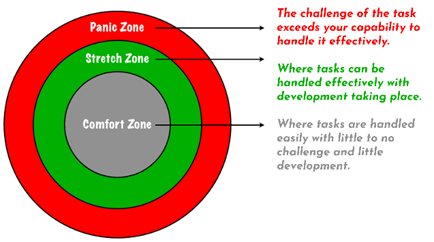The FA National Youth Council’s Community Engagement Team (CET) is made up of 4 young people who support County FAs in creating Youth Leadership opportunities in 4 geographical regions (North, East, South, West) across England. Across the 2023-24 season, the CET have been looking at what a Youth-Adult Partnership (YAP) is and how they are created to help us inform County FAs on how best a YAP can be created to set up a thriving County FA Youth Council.
This blog aims to summarise the key points about what youth-adult partnerships are and how to create an effective one. We will aim to emphasise how important they are to create a good working relationship between young people and adults.
So, what is a Youth-Adult Partnership?
A youth-adult partnership refers to a relationship that establishes and sustains equity between young people and adults. This means, consciously, an environment is created where both young people and adults feel able to raise their views, without fear of it being viewed as wrong, and work productively alongside each other. A good youth-adult partnership helps both young people and adults to see different perspectives along with encouraging thought diversity and difference of opinion. Good youth-adult partnerships can also enable a young person to develop with the support and guidance of the adult.
Roger Hart and the Ladder of Participation

To help understand why good youth-adult partnerships are important for the development of young people, a key tool used is Roger Hart’s Ladder of Participation.
The ladder is a sliding scale meaning on one occasion the youth-adult partnership may sit on rung 8 but on another the partnership may sit on rung 4. Aiming for rung 8 (where young people initiate decisions and adults support) is fantastic but on some occasions, this cannot be done due to the demands of the task.
In order to create a good youth-adult partnership, both the young person and adult need to have an open mind to working with each other and an open mind to change. There needs to be a commitment from both the young person and adult to consider all ideas brought forward and a trust from the adult in the young person that they can lead with their support.
Stepping out of your Comfort Zone
When you are in a youth-adult partnership, both the young person and the adult feel like they are able to step out of their comfort zone as a safe space has been created. A safe space refers to where both the young person and the adult feel no judgement in what they may question or respond with.

The model above seeks to explain this where a good youth-adult partnership pushes both the young person and adult to move into their stretch zone whilst feeling safe from any judgement.
Feeling Psychologically Safe
Being in a safe space also allows for a feeling of psychological safety.
Feeling like you are psychologically safe helps both the young person and the adult build trust. This encourages both to give their different opinions which brings out different perspectives. Feeling psychologically safe is a key part of a good youth-adult partnership. With this, everyone feels able to share their honest opinions and feelings to shape a project or idea.
There is a key value in having difference. Understanding how different individual’s perspectives, due to different experiences and our individuality, help develop our own ideas can be important to success.
It is important to remember that each youth-adult partnership will be different and depends on the young person, the adult, the situation you are in and what task you are trying to complete. Aiming to tailor your partnership is a conscious effort.
Youth-adult partnerships are fantastic and are a great way to enable both young people and adults to develop with the support of one another.
Collaborating with others on your best practice examples of how youth-adult partnerships have worked is so important to ensure as many young people and adults are able to access developmental opportunities through youth-adult partnerships.
Have you had any good experiences of youth-adult partnerships?

